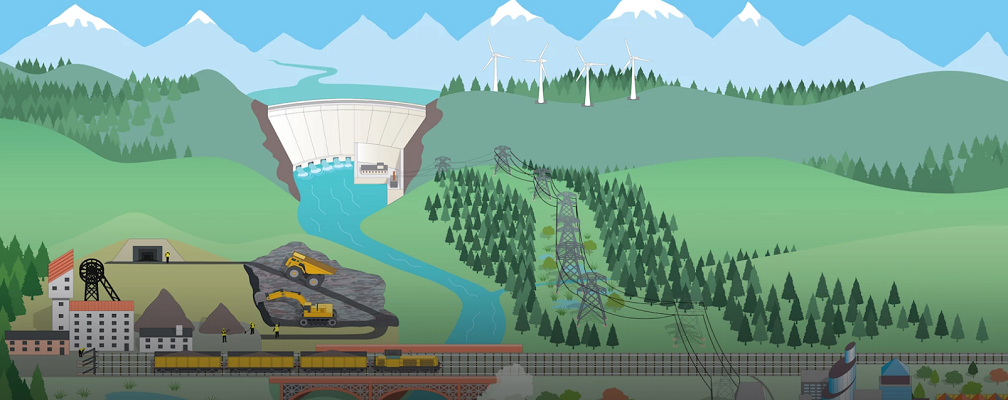Financial Institutions Must Account for the Value of Natural Capital
Degradation of natural capital through human activity has brought us to a tipping point. The risks are multiple and varied, from precipitous declines in economic growth to the uncertain future of our species. All sectors of society are being called on to go ‘beyond carbon’ and reduce their negative impact on the natural environment, finding solutions that regenerate natural resources.
How can financial institutions best be of service? By examining their balance-sheet exposure to nature-related risks and by channeling finance to businesses and projects that are restoring natural resources. They have the full support of the scientific community.
“When people talk about natural capital not being assigned a value, it’s not true. We have put a price on nature. And that price is zero.” – Edward Barbier, Professor, Department of Economics, Colorado State University and Senior Scholar in the School of Global Environmental Sustainability
Over the past year there has been an onslaught of reports from many different professional financial organizations highlighting the need for systemic change… to “protect, restore and fund nature”. These declarations, while seemingly having different motives, have at their core urgent calls from the scientific community on the plight of nature and the collective ignorance of what a degraded natural world means for humans. Their message has been that climate change is a subset of a much broader set of environmental crises now unfolding.
Anything unmeasured is invisible to policymakers. Our current growth economies do not measure human well-being or environmental degradation. Natural resources, worth some US$100 trillion to the global economy, have zero value in conventional statistical terms. No wonder they are wasted. “Moving to a Finite Earth Economy” reinvents capitalism, placing human and environmental well-being at the center of the Finite Earth Economy.
Editor’s Note: This post is a synopsis of a comprehensive article on this topic. You can read the entire article at Euromoney.



